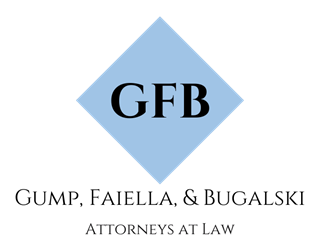CLIENT LOGIN
×Adolescent Sports Injuries and Accidents: What’s Different and Planning a Safe Return
Brie Boothby was a typical high school athlete. She trained hard at practice and played her heart out on the lacrosse field. After blacking out when an opposing player hit her in the head with a lacrosse stick, Boothby’s only concern was “getting back into the game … We were losing and I needed to support my team.”
Boothby’s thought process is typical of student athletes who experience an injury. Unfortunately, in her case, the damage was worse than she realized. Boothby’s injury caused a major concussion leaving her with permanent brain damage. Her situation is not unique. Every year, millions of adolescents visit the emergency room for sports-related injuries, often only when the injury has started causing significant pain. Sadly, many student athletes are finding out that their injury has resulted in permanent damage that will impact the rest of their lives.
ADOLESCENT SPORTS INJURIES DIFFER FROM INJURIES TO ADULT ATHLETES
While adolescents experience similar injuries as adult athletes, the overall effect on their bodies is significantly different. Because a juvenile’s body is still growing, any injury can cause more damage than a similar injury on a mature athlete. Adolescents are more likely to injure their muscles, tendons, and growth plates, and — since these body parts are still in the process of growing — the damage tends to have a lasting impact on their bodies.
Not only do student athletes risk more damage than adults, they also feel more pressure to continue playing even while injured. Youth sports programs have become more competitive, and often the coaching staff is made up of volunteers who get so caught up in winning the game they may overlook the seriousness of an injury especially if an athlete downplays the damage. Thanks to heightened public awareness, many athletic programs are now requiring coach’s training to teach the coaching staff and volunteers how to recognize injuries and make decisions with the wellbeing of the student in mind.
Adult professional athletes also have the advantage of having trained medical staff on the sidelines while they play. Any injury that occurs is quickly diagnosed and the player either returns to the game or sits out. Student athletes don’t have this luxury. Bob Ferraro of the National High School Coaches Association says this problem is exacerbated by a lack of regulation. He believes that rules should be put into place requiring “medical personal at each game to attend to injuries and make all medical decisions about re-entry into the game.”
MEDICAL TREATMENT AND RETURNING TO PLAY
Injured adolescent athletes should be evaluated by a doctor or medical staff as soon as possible. The sooner a serious injury is diagnosed the lower the long-term impact may be. Treatment methods and timing vary by injury; it may take hours, days, or even months for athletes to be considered “fully recovered,” and recovery may include physical therapy, bracing, or surgery. In order for an athlete to resume practice or play, the injury must be fully healed. In the event of a serious injury, students should prepare themselves for a lengthy rehabilitation process and should also be aware that they may never be able to play at full capacity again.
Catastrophic sports injuries are the last thing parents want their student athletes to experience. Sometimes injuries are caused by fate and no amount of precaution could have prevented the accidents. Other times the injuries are caused by negligence or malicious intent. If you suspect something could have been done to prevent your child’s injury, give us a call. We’ll sit down with you and review your case for free. Call 800-264-3455 or visit our website at tgflaw.com to get started.
Sources:
The post Adolescent Sports Injuries and Accidents: What’s Different and Planning a Safe Return appeared first on Gump & Faiella, LLC | Missouri.
Share this post to social media...
Powered by






